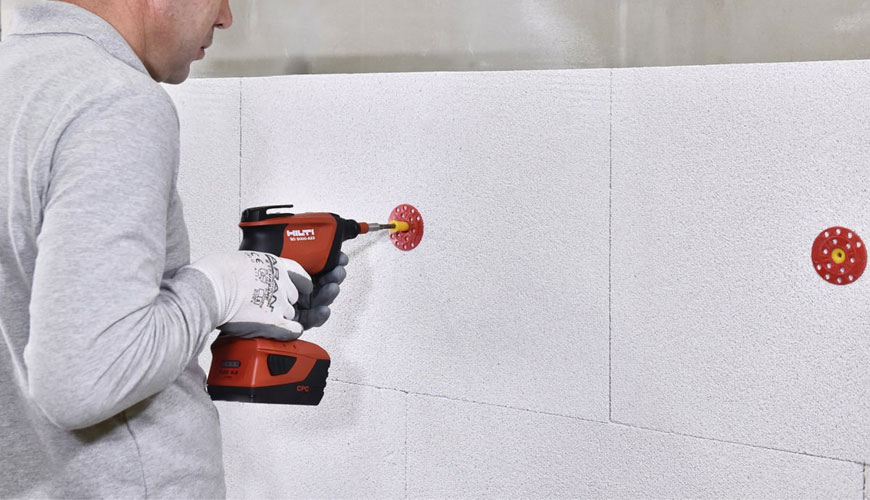

EUROLAB laboratory provides testing and compliance services within the scope of ISO 717-1 standard. This part of the ISO 717 standard, developed by the International Standards Organization (ISO), defines single-digit quantities for airborne sound insulation in buildings and building elements such as walls, floors, doors, windows.

It takes into account the different sound level spectra of various noise sources, such as noise sources inside the building and traffic outside the building, and gives guidelines for determining these quantities from the results of measurements made, for example, in one-third octave or octave bands according to ISO 10140-2 and ISO 16283-1.
According to this document, single-digit quantities are designed to rate airborne sound insulation and to simplify the formula for acoustic requirements in building codes. An additional odd number evaluation is specified in 0,1 dB steps for the expression of uncertainty (excluding spectrum adaptation terms). The required numerical values of odd-numbered quantities are determined by changing needs. Odd number amounts are based on the results of measurements made in one-third octave bands or octave bands.
For laboratory measurements according to ISO 10140-2, odd-numbered quantities are calculated using only one-third octave bands. The grading of measurement results performed in an extended frequency range is discussed in the appendices.
For example, values obtained according to ISO 10140-2 and ISO 16283-1 are compared with reference values at measurement frequencies from 1 Hz to 3 100 Hz and 3 Hz to 150 for 125/2000 octave bands.
Also, two spectrum adaptation terms must be calculated based on two typical spectra in the frequency range mentioned above. These two terms can optionally be supplemented (if necessary and measured data are available) with additional spectrum adaptation terms covering a wider frequency range from 50 Hz to 5 Hz.
To evaluate the results of a sound insulation measurement in one-third octave bands (or octave bands), the measurement data will be given as one decimal place1. Shift the relevant reference curve towards the measured curve in 1 dB increments (0,1 dB for expression of uncertainty) until the sum of the negative deviations is as large as possible, but not more than 32,0 dB (measurement one in 16/3) - octave bands) or 10,0 dB (measurement in 5 octave bands).
Among the services provided by our organization within the framework of material testing services, there are also ISO 717-1 standard tests. Do not hesitate to contact our laboratory EUROLAB for your testing and certification requests.
To get an appointment, to get more detailed information or to request an evaluation, you can ask us to fill in our form and reach you.